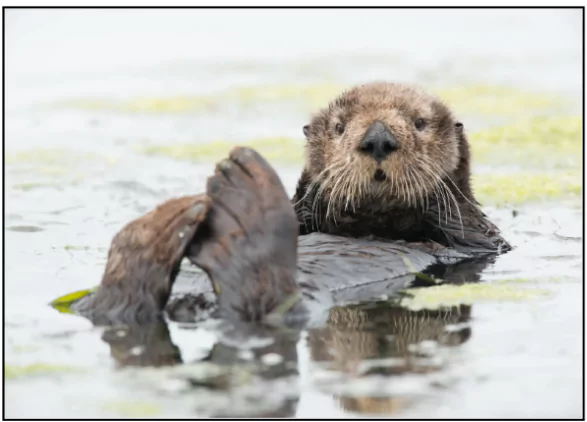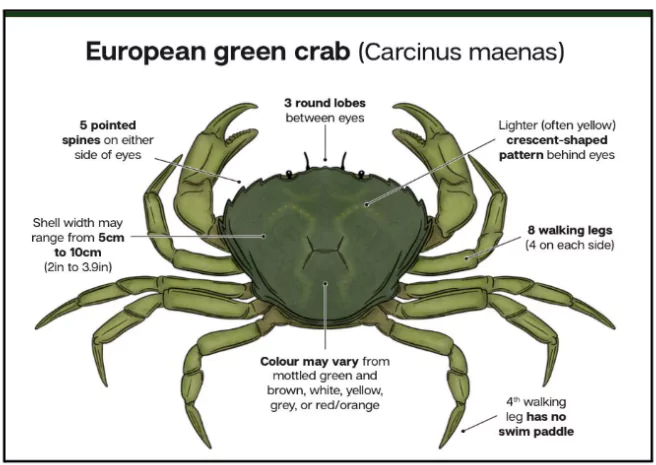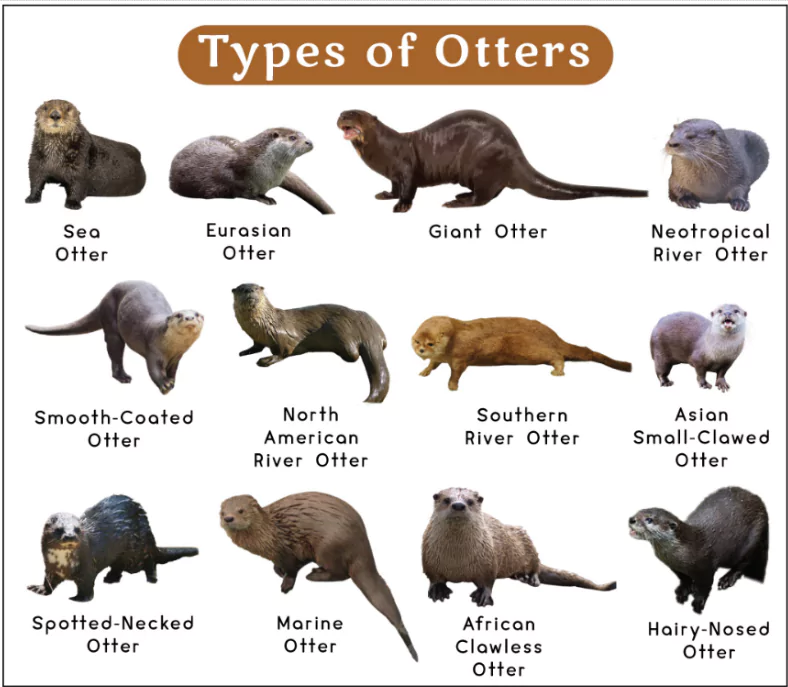Sea otters are restoring California’s coastal ecosystems by consuming thousands of invasive green crabs annually at Elkhorn Slough National Estuarine Research Reserve, effectively tackling a persistent ecological challenge.
About Sea Otters (Enhydra lutris)

- Taxonomy: Aquatic mammal of the weasel family.
- Habitat: Found along the Pacific Ocean coasts, especially in North America (from Alaska to California) and parts of Asia (Russia and Japan).
- Behavior: Spend most of their time in the water but occasionally rest onshore.
- Physical Characteristics: Have webbed feet, water-repellent fur, and nostrils/ears that close in water.
- Unlike most marine mammals, they lack blubber and depend on consuming large amounts of food to avoid hypothermia.
Enroll now for UPSC Online Course
Keystone Species
- A keystone species is a species that has a disproportionately large effect on its environment relative to its abundance.
- These species play a critical role in maintaining the structure and function of an ecosystem. They can influence the types and numbers of various other species in the community.
- Without keystone species, the ecosystem would be dramatically different or cease to exist altogether.
|
- Diet: Carnivorous, feeding on sea urchins, crabs, mollusks, clams, and fish.
- Ecological Role: Act as keystone species in kelp forests by controlling populations of green crabs, sea urchins, and other species harmful to kelp ecosystems.
- Climate Significance: Healthy kelp forests maintained by sea otters absorb substantial amounts of carbon, reducing ocean acidification and protecting marine biodiversity.
- Sub species of sea otter:
| Subspecies |
IUCN Status |
Distribution |
| Enhydra lutris lutris (Asian sea otter) |
Endangered |
Kuril Islands, Commander Islands |
| Enhydra lutris kenyoni (Northern sea otter) |
Endangered |
Aleutian Islands to Oregon |
| Enhydra lutris nereis (Southern sea otter) |
Endangered |
Central and Southern California |
Check Out UPSC CSE Books From PW Store

Note: All three sea otter subspecies are classified as Endangered by the IUCN
Sea Otters’ Role in Controlling Green Crabs
- Predatory Impact: Sea otters consume between 50,000 and 120,000 green crabs annually.
- Unique Metabolism: Described as “super voracious predators,” sea otters rely on a rapid metabolism to stay warm, consuming about 25% of their body weight daily.
- Ecological Contribution: Their predation has significantly curtailed the green crab population, helping to restore balance and protect coastal ecosystems.

![]() 30 Dec 2024
30 Dec 2024




